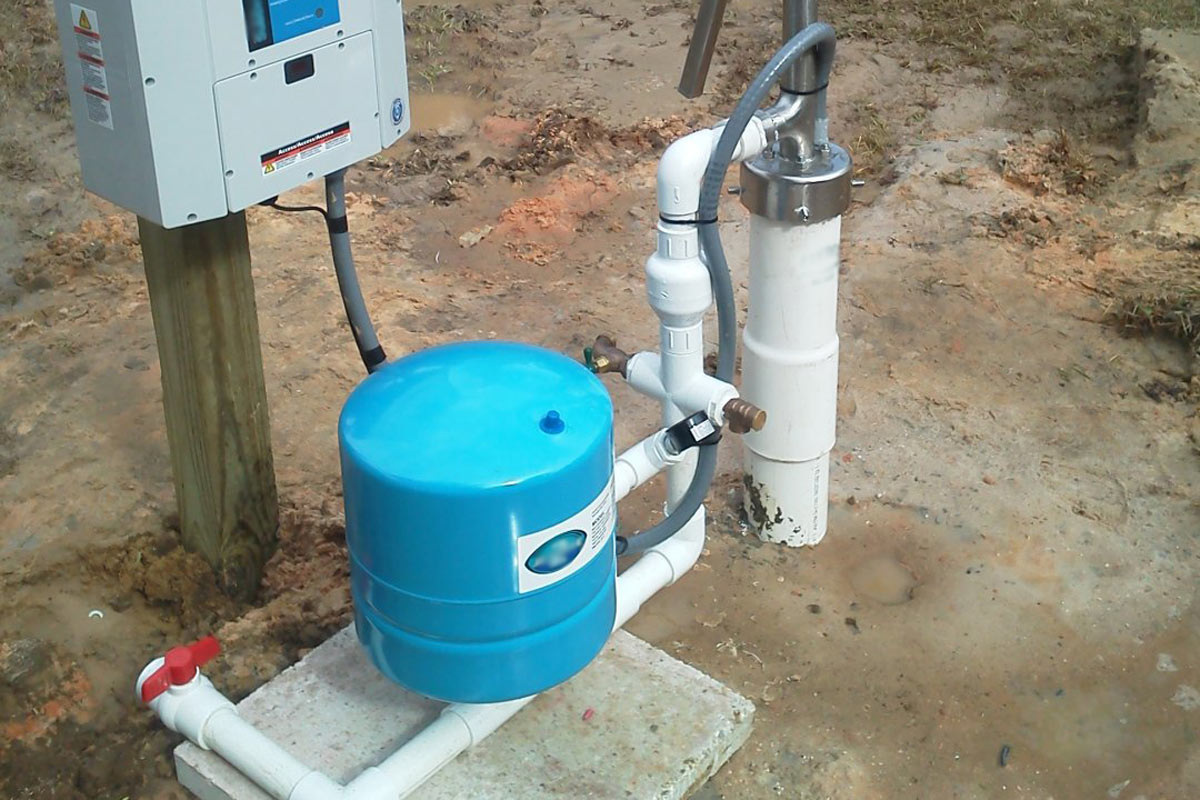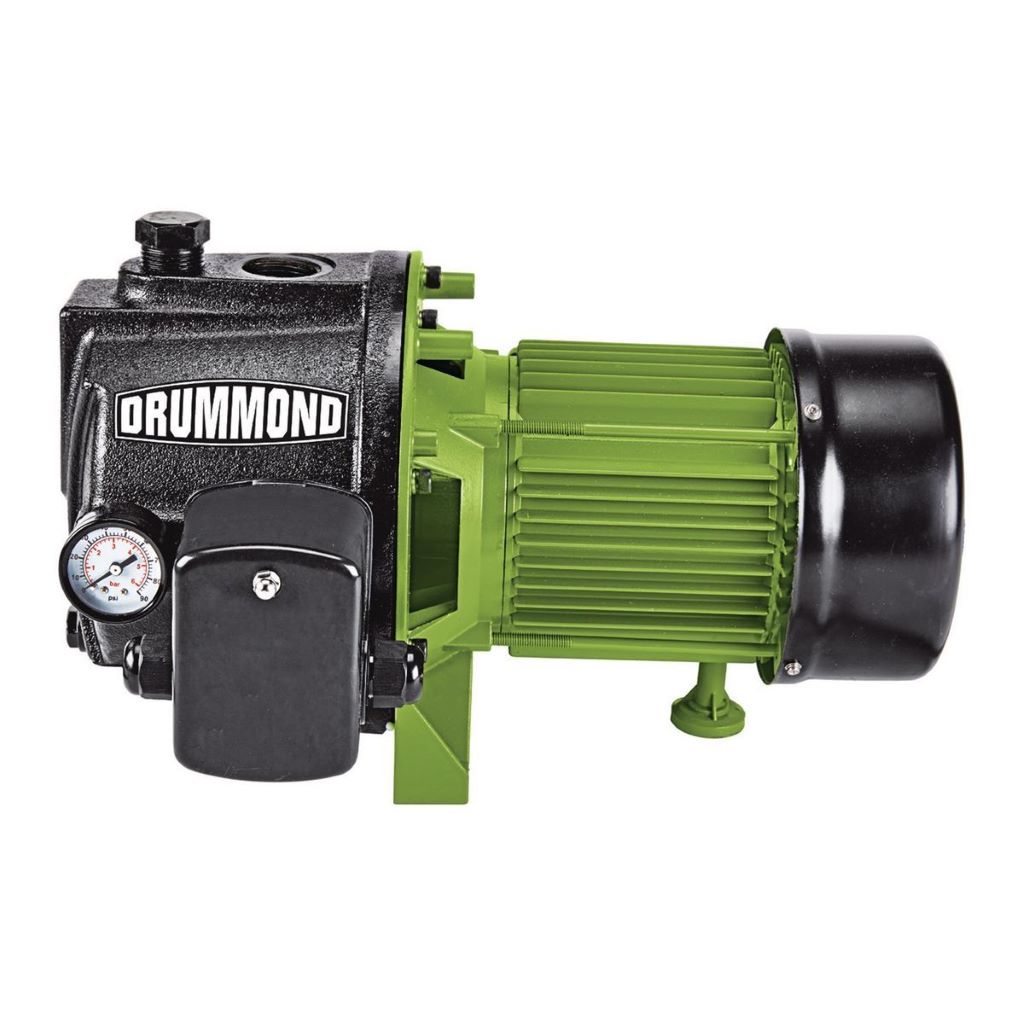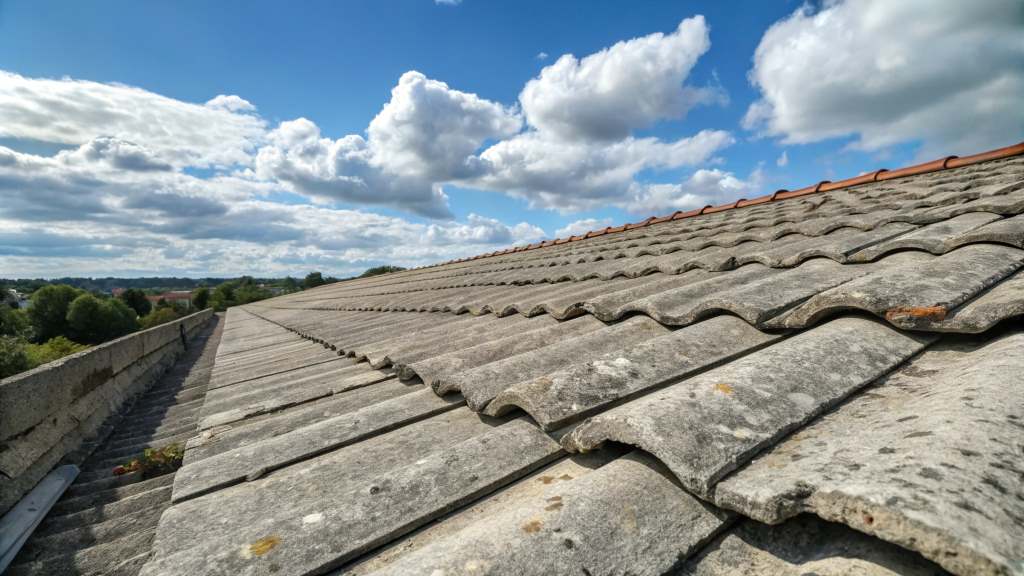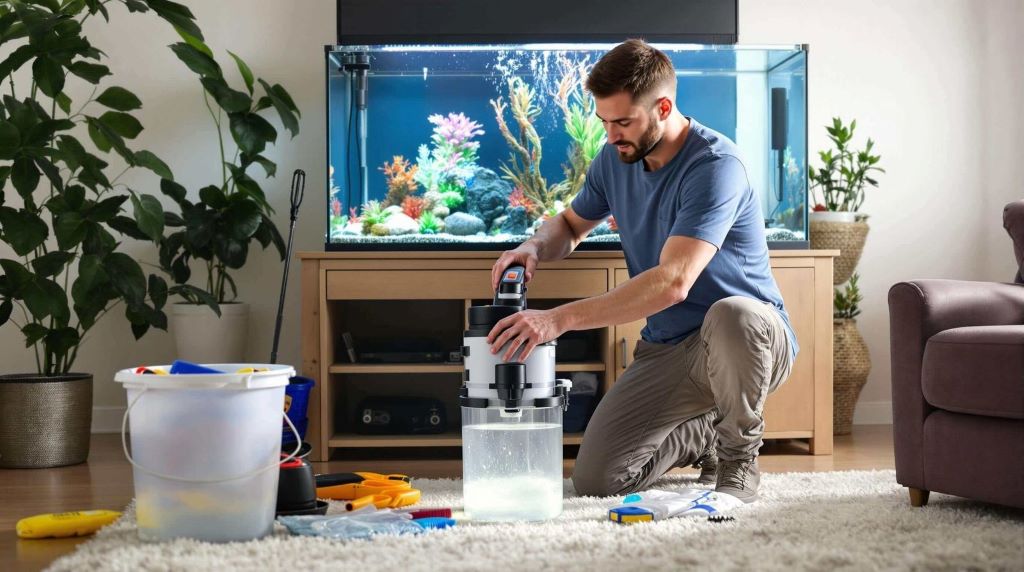If you’re a homeowner or considering buying a property with a shallow well, understanding the importance and functionality of a shallow well pump is crucial. In this comprehensive guide, we’ll dive deep into the world of shallow well pumps. From what they are to how they work, maintenance tips, and more, you’ll find all the information you need to make informed decisions about your well water system.
What is a Shallow Well Pump?
A shallow well pump, as the name suggests, is designed for use in shallow wells, typically less than 25 feet deep. These pumps are responsible for drawing water from the well and delivering it to your home for various uses, such as drinking, cooking, irrigation, and more. Discover how to reset well pump?
Components of a Shallow Well Pump
To understand how a shallow well pump works, let’s first look at its key components:
- Impeller: The impeller is a rotating component that creates a flow of water within the pump.
- Motor: The motor powers the pump and drives the impeller to move water.
- Suction Pipe: This pipe extends down into the well, drawing water up to the pump.
- Pressure Tank: The pressure tank stores water and maintains consistent water pressure in your home.
How Does a Shallow Well Pump Work?
Understanding the mechanism of a shallow well pump is essential to appreciate its role in your water supply system.
When you turn on a faucet in your home, it creates a drop in water pressure within the pipes. The shallow well pump senses this drop and activates the motor. The motor, in turn, drives the impeller, creating a suction force that draws water from the well through the suction pipe. The water is then pushed into the pressure tank, where it’s stored under pressure until you need it. When you open a tap, the pressure tank releases the stored water, providing a steady flow to your appliances and fixtures.
Maintenance Tips for Shallow Well Pumps
Proper maintenance ensures the longevity and efficiency of your shallow well pump. Here are some tips to keep it running smoothly:
- Regular Inspections: Check for any signs of wear and tear, and replace damaged parts promptly.
- Cleaning: Remove debris and sediment from the well and pump intake to prevent clogs.
- Lubrication: Lubricate moving parts as recommended by the manufacturer.
- Pressure Tank Check: Monitor the pressure tank’s air pressure and adjust it as needed.
- Professional Servicing: Schedule regular servicing by a qualified technician to address any issues proactively.
Advantages of Shallow Well Pumps
Shallow well pumps offer several advantages for homeowners:
- Cost-Effective: They are generally more affordable than deep well pumps and are suitable for shallow water sources.
- Easy Installation: Shallow well pumps are relatively easy to install, making them a convenient choice for DIY enthusiasts.
- Energy Efficiency: These pumps are designed for efficiency, helping you save on energy costs.
- Reliable Water Supply: With proper maintenance, shallow well pumps can provide a consistent water supply for years.
Conclusion
In conclusion, a shallow well pump is a vital component of your home’s water supply system, especially if you have a shallow well, having the right plumbing tools in your toolbox is essential for maintaining a functional and efficient plumbing network. Understanding how it works and following proper maintenance practices can ensure a reliable and efficient water source for your household.
FAQs
How deep is considered a shallow well?
Shallow wells are typically less than 25 feet deep.
Can I install a shallow well pump myself?
Yes, if you have some plumbing experience and follow the manufacturer’s instructions carefully.
Do shallow well pumps require a lot of electricity?
No, they are designed to be energy-efficient.
What should I do if my shallow well pump stops working suddenly?
Check for power supply issues and consult the manufacturer’s troubleshooting guide. If the problem persists, contact a professional technician.
Are shallow well pumps suitable for irrigation systems?
Yes, they are commonly used for small-scale irrigation.




